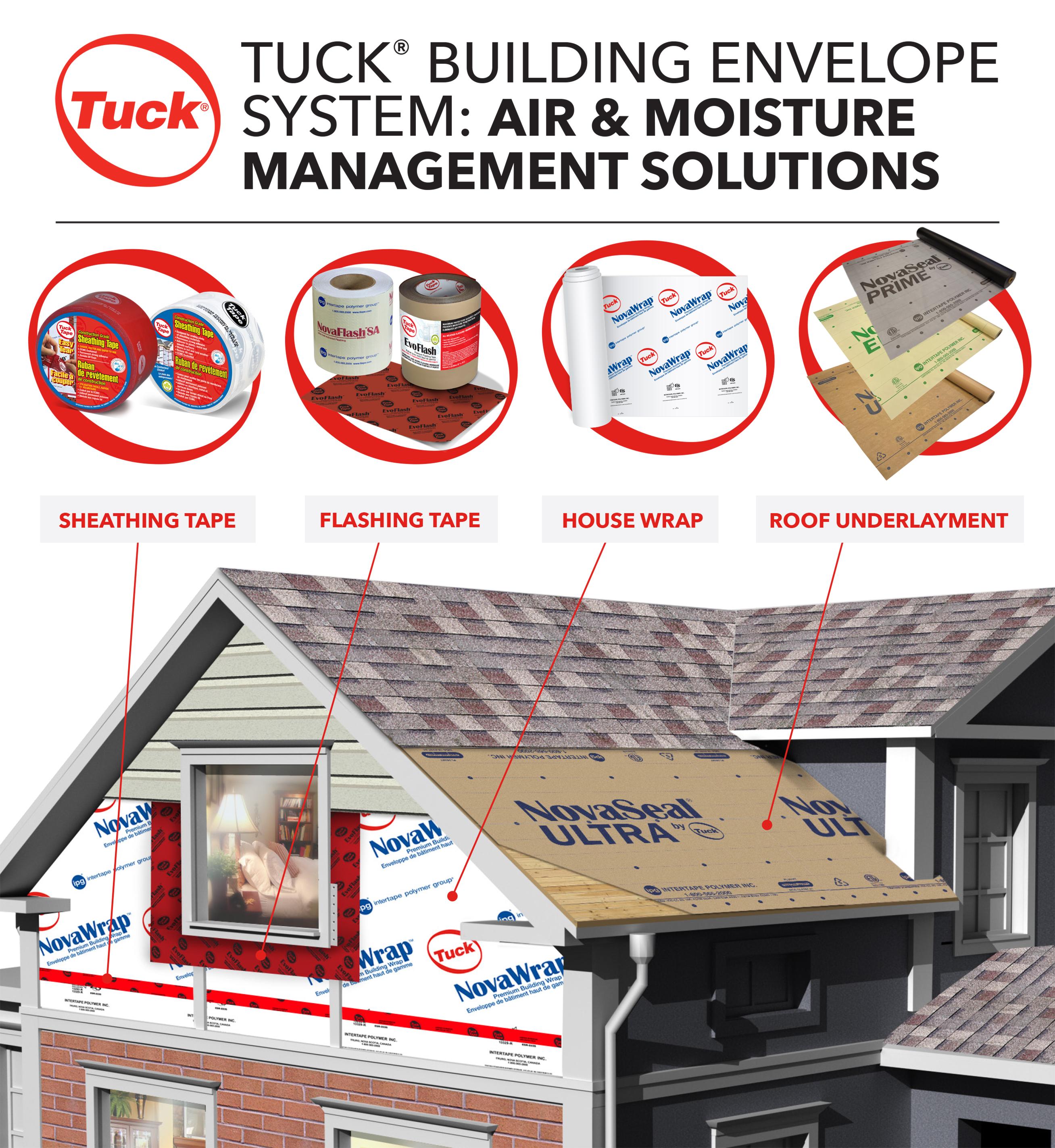Important Welding Performance Tips

By Shari Carlozzi, HAPCO Inc.
Can you Handle the Power? Ensuring your best welding performance and productivity is as simple as knowing what and where to plug in your welder.
When connecting your welder to a power source, keep in mind that your generator should be on the roof with your tools. Never leave your generator on the ground as line cords over 100 feet will cause a drop in voltage. This causes an increase in amperage to your tool, which can burn out the elements, circuit boards and other components.
One hundred feet is the maximum line cord length on the 10-gauge wire line cord for overlap welders and 12-gauge wire line cord for hand welders. Using thinner line cord (smaller gauge wire) or plugging two 100 ft. cords together will also cause an increase in amperage to your tools burning them out and rendering them useless.
Tips for choosing and getting the most out of your power source
- Use a 10,000-watt generator (minimum) for simultaneous use of hand and automatic overlap welders on the roof.
- Ensure you have 240v and 120v outlets to accommodate both tools
- Use GFCI line cords to protect your crew, welders and generator.
- Commercial-grade generators, just like your tools, are generally not found in big box stores.
- Remember that automatic overlap tools require a 240v power line and the typical house/building power delivers only 208v.
- A volt meters is an easy, fast and efficient way to measure the power provided by your power source.
- More power is not better power — machines and hand tools have a tolerance of plus or minus 10% in voltage to operate properly. Although uncommon, a 440v line can, and most likely will, damage your transformer, circuit boards and elements.
- Be sure you are using single phase electricity only. Some generators may have a three-phase electric switch — this can damage your circuit boards and transformer on an automatic welder
- A full tank of gasoline is always preferred since running tools on empty or nearly empty gasoline tanks can cause a power surge and damage the equipment. Fill the tank before you start for the day and again after lunch, when the generator is cool.
- Know your generator before adding fuel. Diesel fuel will not work on gasoline-powered generators and gasoline will not work on diesel-powered generators.
- When transporting generators with gasoline, always be sure to turn off the valve below the tank. The bouncing while on the road translates to the carburetor float which then allows fuel seepage into the combustion chamber that is not good for performance.
Shari Carlozzi is the national sales manager, commercial roofing division for HAPCO Inc., a leader in the heat tool industry. She also serves as vice chair of National Women in Roofing, a volunteer-based organization with the goal to provide networking, recruiting, mentoring and education for women roofing professionals. [gaevent src="https://rooferscoffeeshop.com/rcs.php?gaplg=583"]





















Comments
Leave a Reply
Have an account? Login to leave a comment!
Sign In